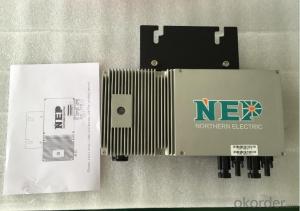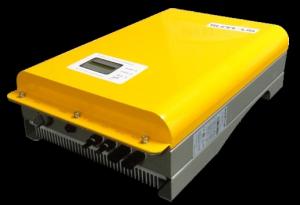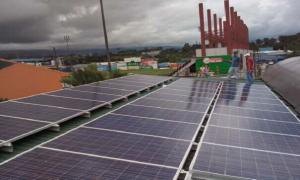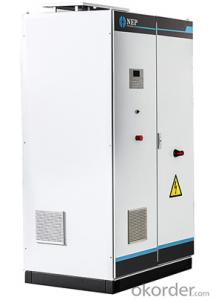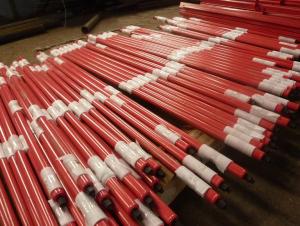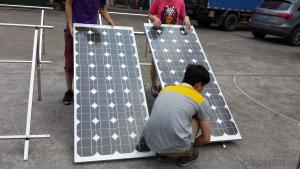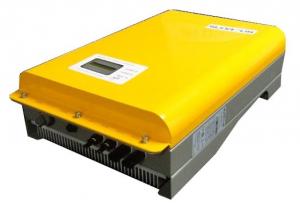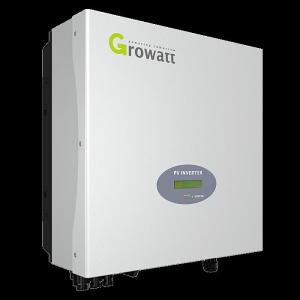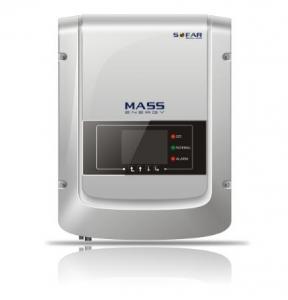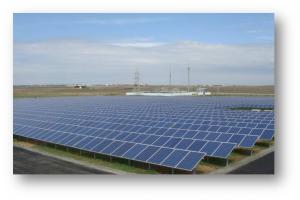Grid Tie Inverter Schematic
Grid Tie Inverter Schematic Related Searches
Solar System Grid Tie Inverter Grid Tie Inverter Solar Grid Tie Solar Inverter Solar Grid Tie Inverter Sun Grid Tie Inverter Grid Tie Hybrid Solar Inverter Solar Inverter Grid Tie Hybrid Grid Tie Solar Inverter Solar Hybrid Grid Tie Inverter Grid-Tie Solar Inverter Solar Grid Tie Inverter Kit Grid Tie Inverter Solar Panel Grid Tie Inverter Solar Kit Solar Grid Tie Micro Inverter Grid-Tied Solar Inverter Best Grid Tie Solar Inverter Grid Connected Solar Inverter Solar Grid Tied Inverter Nep Solar Grid Tie Inverter 10kw Solar Grid Tie Inverter Best Solar Grid Tie Inverter Grid Tie Solar Inverter Price 1kw Solar Grid Tie Inverter Solar Grid Tie Inverter Price Solar Grid Inverter 1000w Solar Grid Tie Inverter 3kw Solar Grid Tie Inverter Mpp Solar Grid Tie Inverter Nep Solar Grid-Tie Inverter 5kw Solar Grid Tie InverterGrid Tie Inverter Schematic Supplier & Manufacturer from China
Grid Tie Inverter Schematic refers to the detailed design and layout of a grid-tied inverter system, which is an essential component in solar power generation. This schematic includes various electronic components, such as transformers, inductors, capacitors, and semiconductor devices, all arranged in a specific configuration to convert DC power from solar panels into AC power that can be fed into the electrical grid. The grid tie inverter plays a crucial role in ensuring efficient energy transfer and maintaining grid stability.The application and usage scenarios of Grid Tie Inverter Schematic are vast, as they are employed in various settings where renewable energy sources are integrated into the power grid. This includes residential, commercial, and industrial solar power systems, where the inverter helps to convert solar energy into usable electricity. Grid-tied inverters are also utilized in off-grid applications, such as remote communities or emergency backup power systems, to ensure a reliable and continuous power supply.
Okorder.com is a leading wholesale supplier of Grid Tie Inverter Schematic products, offering a wide range of options to cater to different needs and requirements. With a large inventory, Okorder.com ensures that customers have access to high-quality, reliable, and cost-effective solutions for their solar power generation projects. By partnering with reputable manufacturers and maintaining strict quality control standards, Okorder.com guarantees that the Grid Tie Inverter Schematic products they supply meet the highest industry standards and are suitable for a variety of applications.
Hot Products











